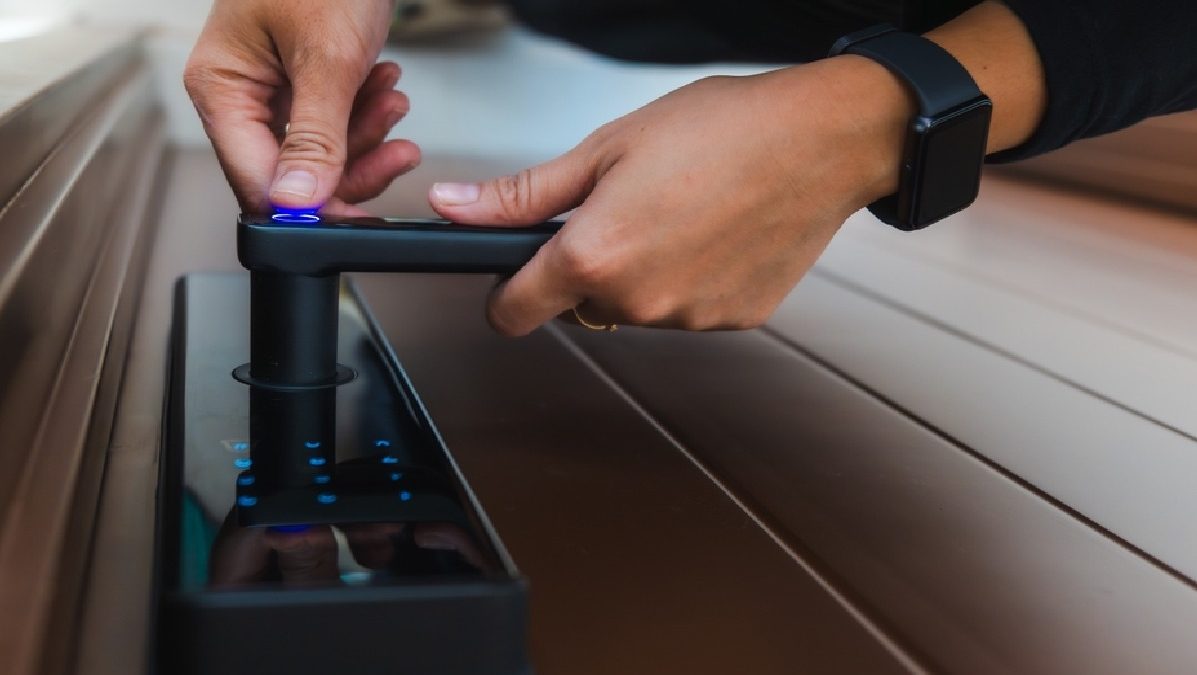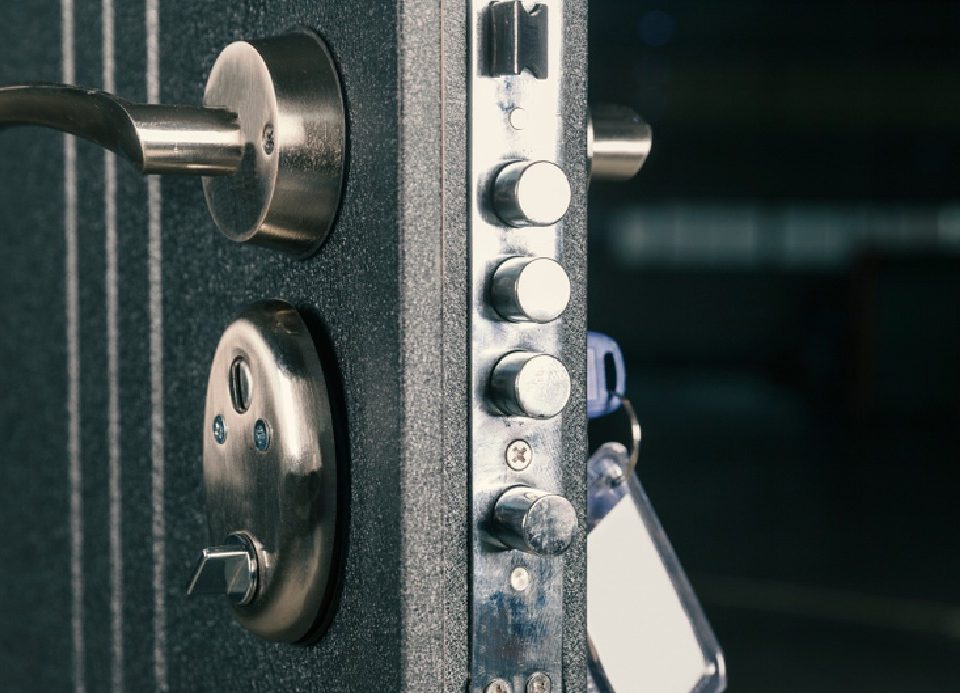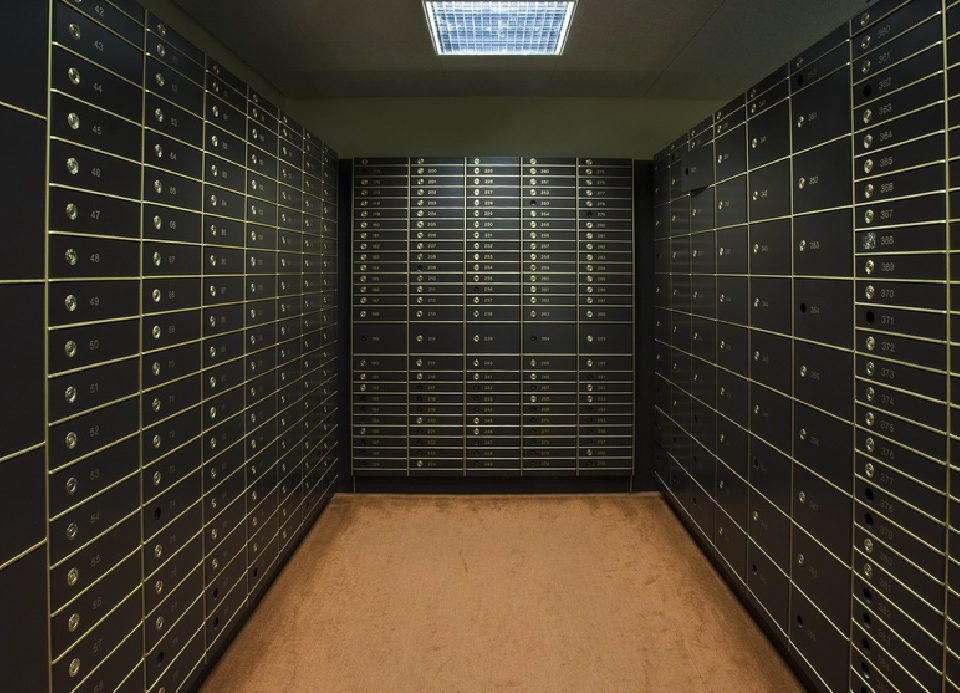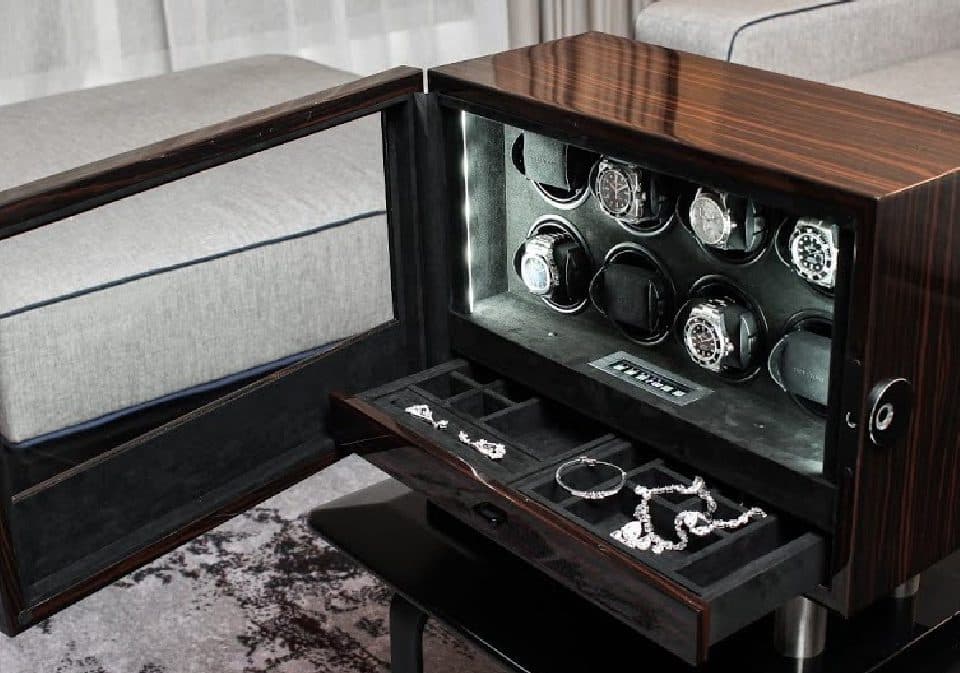Threat-Based Architecture: Designing Residential and Commercial Facilities With Multi-Level Physical Protection

How to Secure Your Watch Collection: The Role of Professional Watch Winders

Beyond Panic Rooms: The Transition To Modular Safe Suites For Private Residences and Estates
Modern buildings are designed not only for aesthetics and comfort, but also for protection. The threat-driven architecture concept allows you to create residential and commercial spaces where security, including elements like security doors, is integrated into the architecture from the very beginning. This approach combines engineering solutions, risk assessment, physical security, and the principles of defense-in-depth, a multi-level protection system in which each layer of a building acts as a barrier.
Multilevel Protection: The Basis Of Security
An effective physical security system is based on the principle of four stages: prevention, detection, delay and response (Deterrence, Detection, Delay, Response). Each of them is implemented through specific design elements. The perimeter is reinforced with fences, gates, and vehicle barriers, creating the first line of defense. Surveillance systems, access control, and physical barriers restricting uncontrolled movement are installed in public areas such as lobbies, parking lots, and reception areas.
Indoors, differentiation of access levels is important. Turnstiles, multi-factor authentication and electronic locks are used for employees, and secure containers, security doors and home safebox for storing documents and valuables are used for specially protected areas. In private residences, the security architecture is often complemented by luxury home safes UAE or safe box for home solutions integrated into the interior. This separation of levels minimizes threats and ensures control at every stage of penetration.
Architectural Design and Risk Management
Architecture and security work best when planned together. Smart design helps prevent risks long before they appear.
- Use CPTED (Crime Prevention Through Environmental Design) principles to build safety through layout and visibility.
- Apply territorial reinforcement to define secure boundaries.
- Create transparent zones and open sightlines to eliminate blind spots.
- Plan lighting design and natural surveillance to deter unauthorized entry.
- Conduct risk assessment early to analyze facades, access points, and underground areas.
- Integrate luxury safe and safe locker Dubai systems to secure both structure and valuables.
Early integration of these measures reduces later modification costs by 20–30% and ensures lasting architectural resilience.
Materials and Engineering Solutions
Architectural materials also become part of the security system. For exterior elements, impact-resistant glass, reinforced doors, house safety door and metal structures with structural hardening are selected. These solutions withstand mechanical stress and increase burglary resistance.
Indoor areas require a special approach to secure circulation control and emergency evacuation routes. Each door, window and safe box Dubai can be integrated into a single building security design system, where intrusion detection sensors and surveillance analytics provide continuous monitoring.
Access Control and Surveillance Technologies
Modern access management systems combine biometric systems, card readers and intelligent sensors. AI-driven monitoring analyzes video streams, detects suspicious movements and transmits the data to the security service. IoT sensors monitor temperature, vibration and sound, providing real-time monitoring without human intervention.
Power over Ethernet (PoE) technology enables cameras, sensors, and lighting to be powered from a single network, simplifying installation and maintenance. The design takes into account network capacity and backup power for continuous operation of the equipment.
For private residences, architects are increasingly designing hidden storage areas, from home jewelry safes to custom safe box and luxury watch winder safe. Such solutions allow you to combine safety, aesthetics and ease of use.
Planned Security Assessment and Audit
Even the most modern system needs to be checked regularly. It is recommended to conduct a physical security audit at least once a year or after the modernization of the building. Entry points, lighting efficiency, perimeter intrusion detection performance, and barrier quality are checked.
Security audits and continuous evaluation provide regulatory compliance and help adapt response protocols to new threats. In high-end facilities, the audit includes checking jewelry safes, document safe box and small watch safe to ensure the safety of property in all scenarios.
The Human Factor and Exploitation
No system will be effective without human training. Behavioral safety, staff training, and emergency response instructions are key elements of protection. Security plans are being developed for homes and offices, including access rules, evacuation schemes, and interaction with security.
In residential projects, owners are increasingly choosing solutions where luxury home safes Dubai, jewelry safe with drawers and digital safe Dubai become part of the interior design. This ensures convenience, privacy, and physical protection of valuables.
Final Thoughts and Recommendations
Threat analysis-based architecture combines engineering technologies, design, and human factors into a single system. Multi-level protection, thoughtful lighting, access control and regular audits create a stable security infrastructure.
For facilities in the UAE, such security architecture is becoming the norm. Solutions like bespoke luxury safes, safe for documents and valuables, or watch winder and safe, integrate directly into architecture, combining aesthetics, comfort, and reliability. A well-designed building not only protects people and property, but also creates a culture of safety, where confidence begins with every element, from the perimeter to the safe box inside the house.
![]()





